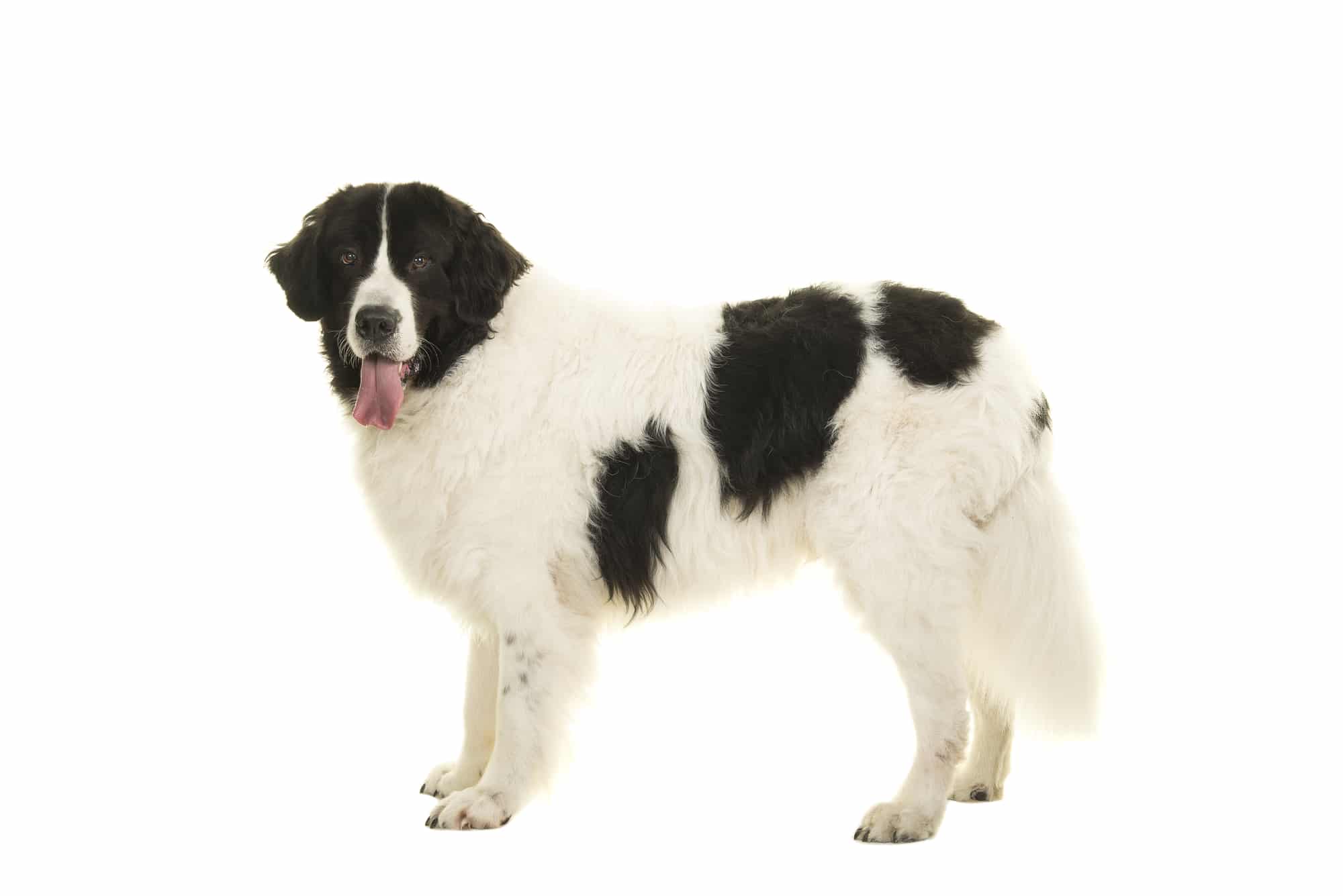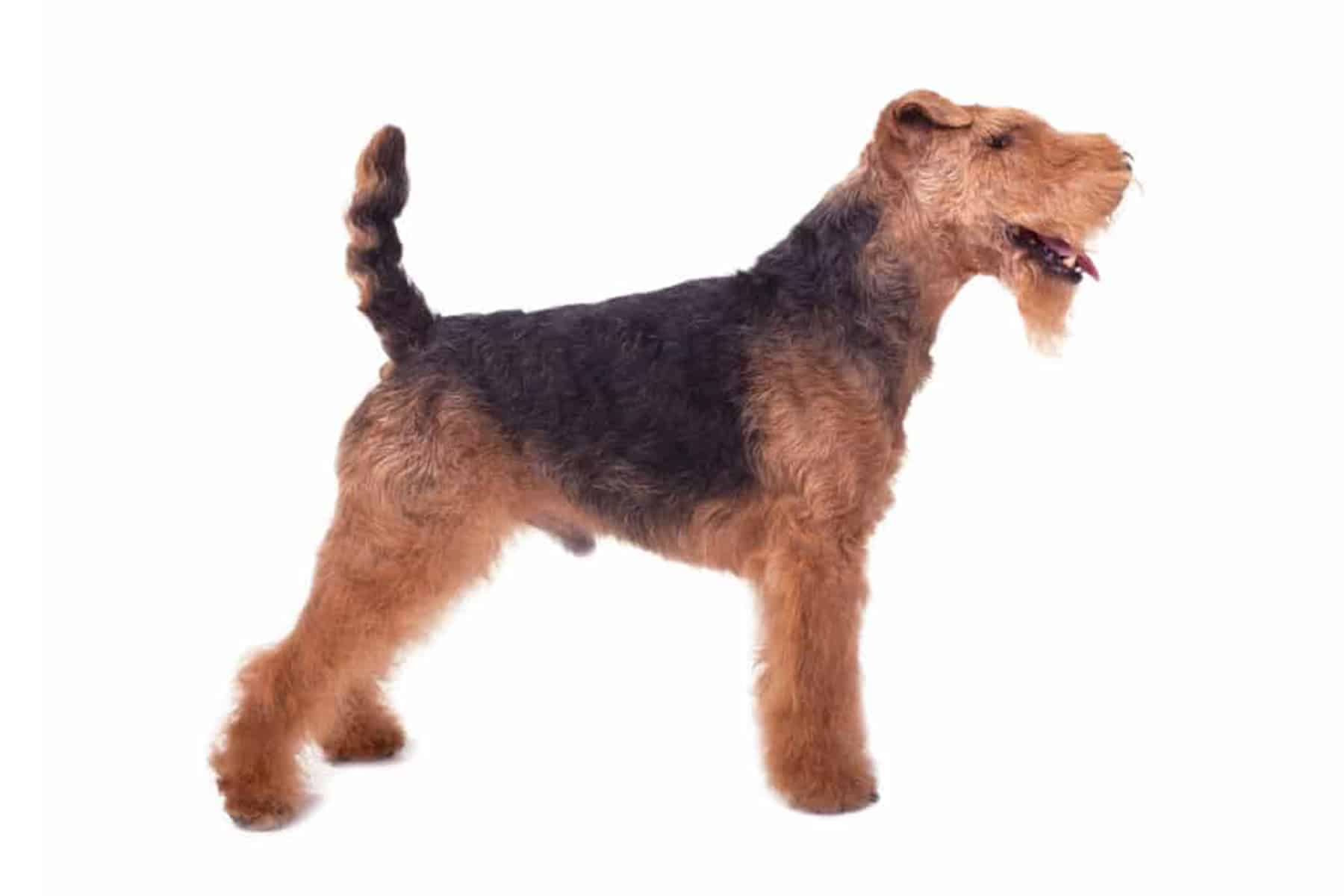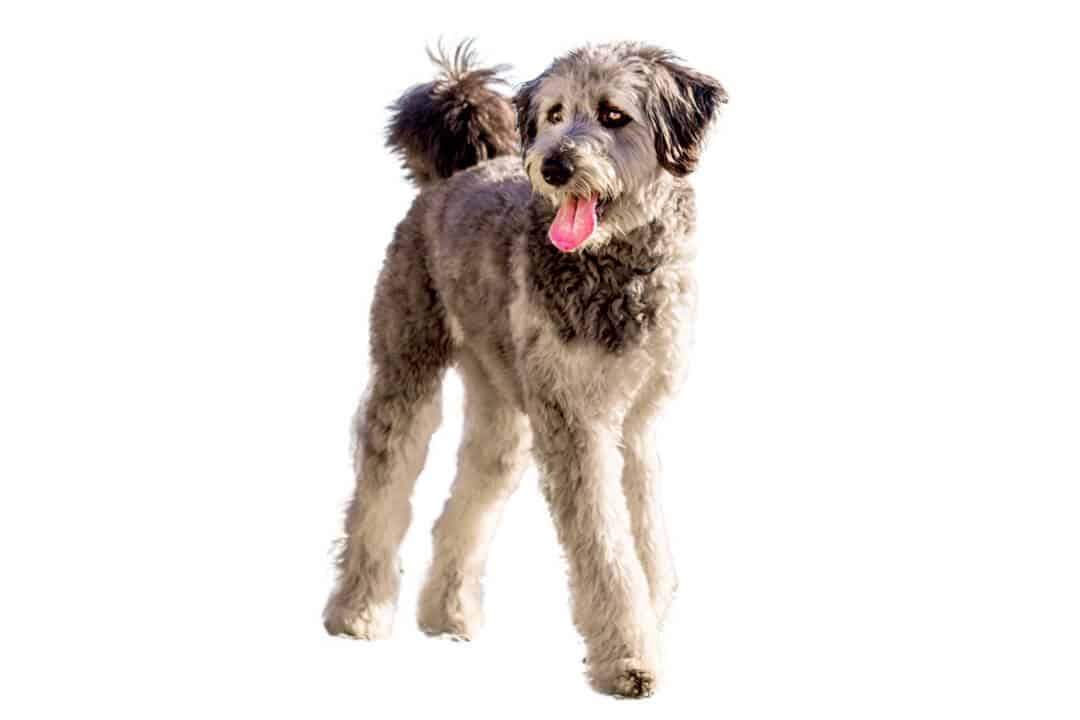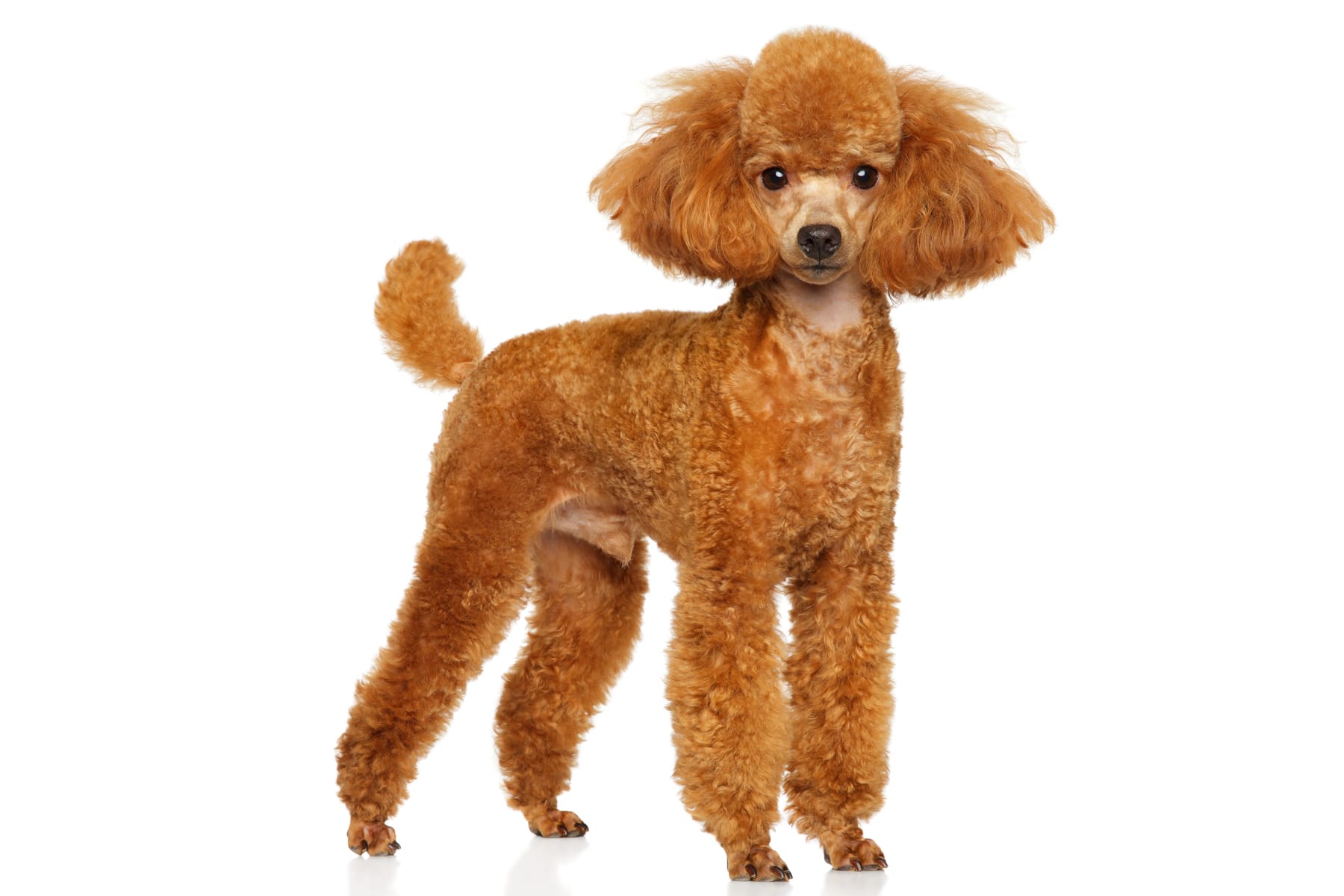Otterhound
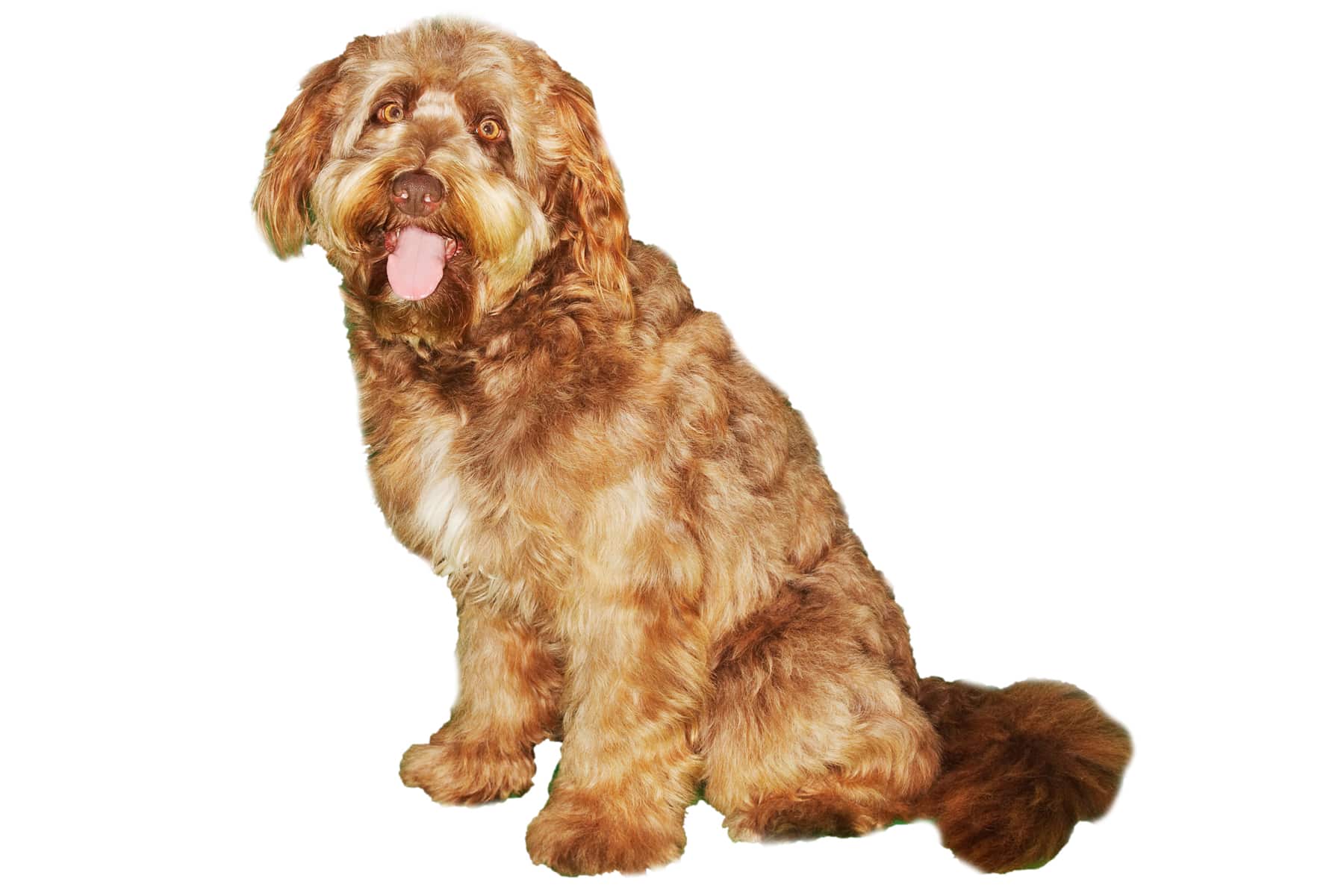
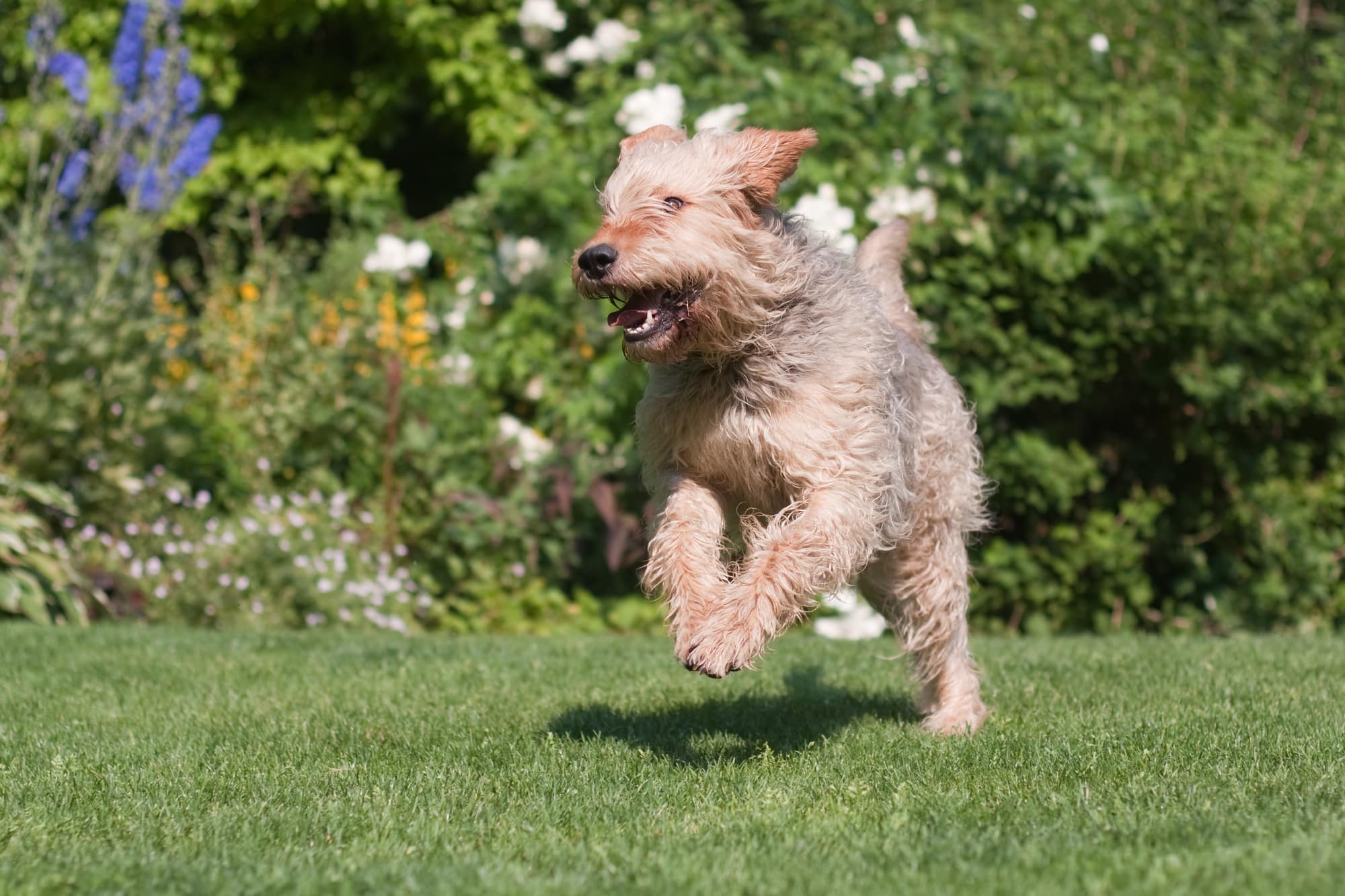
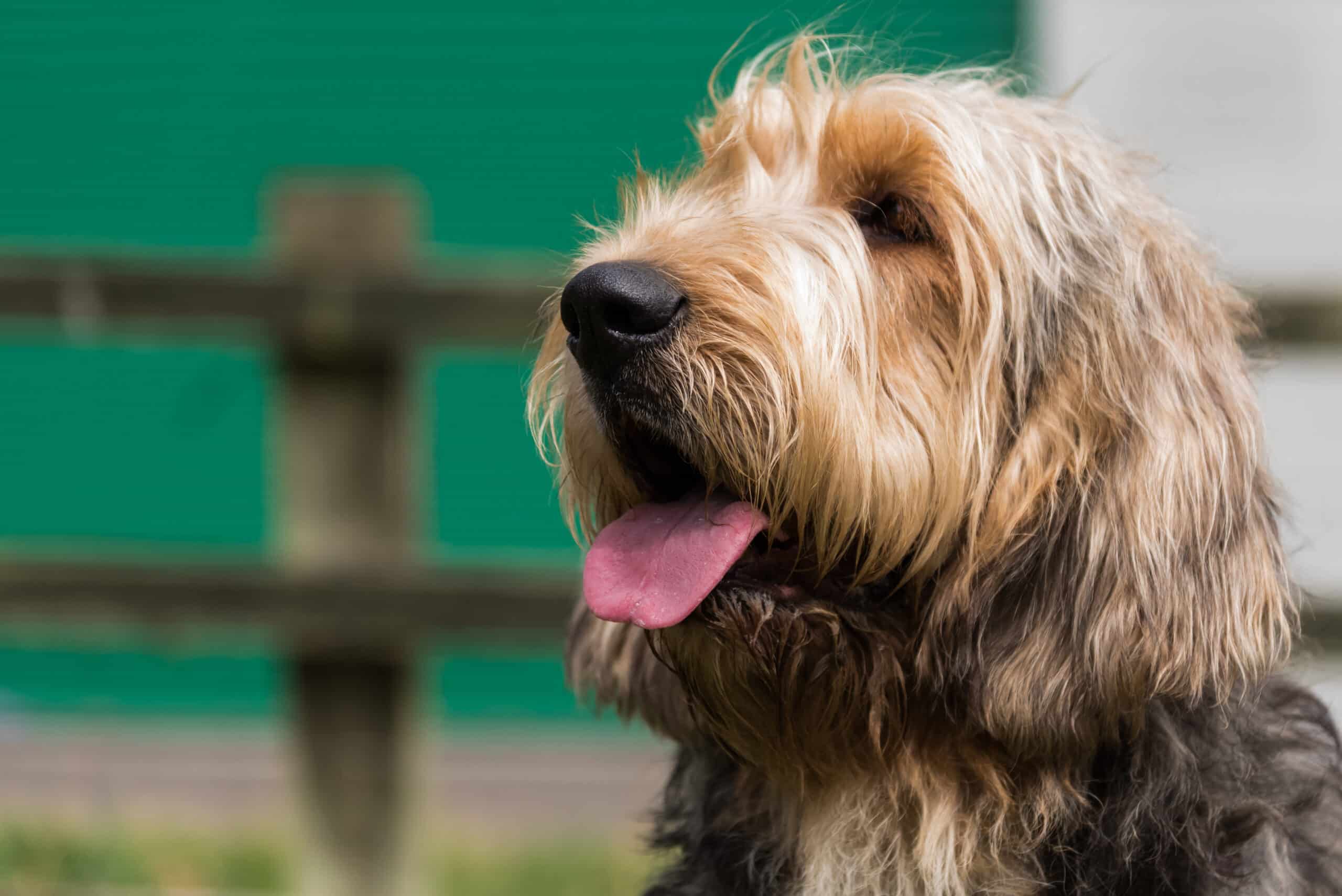
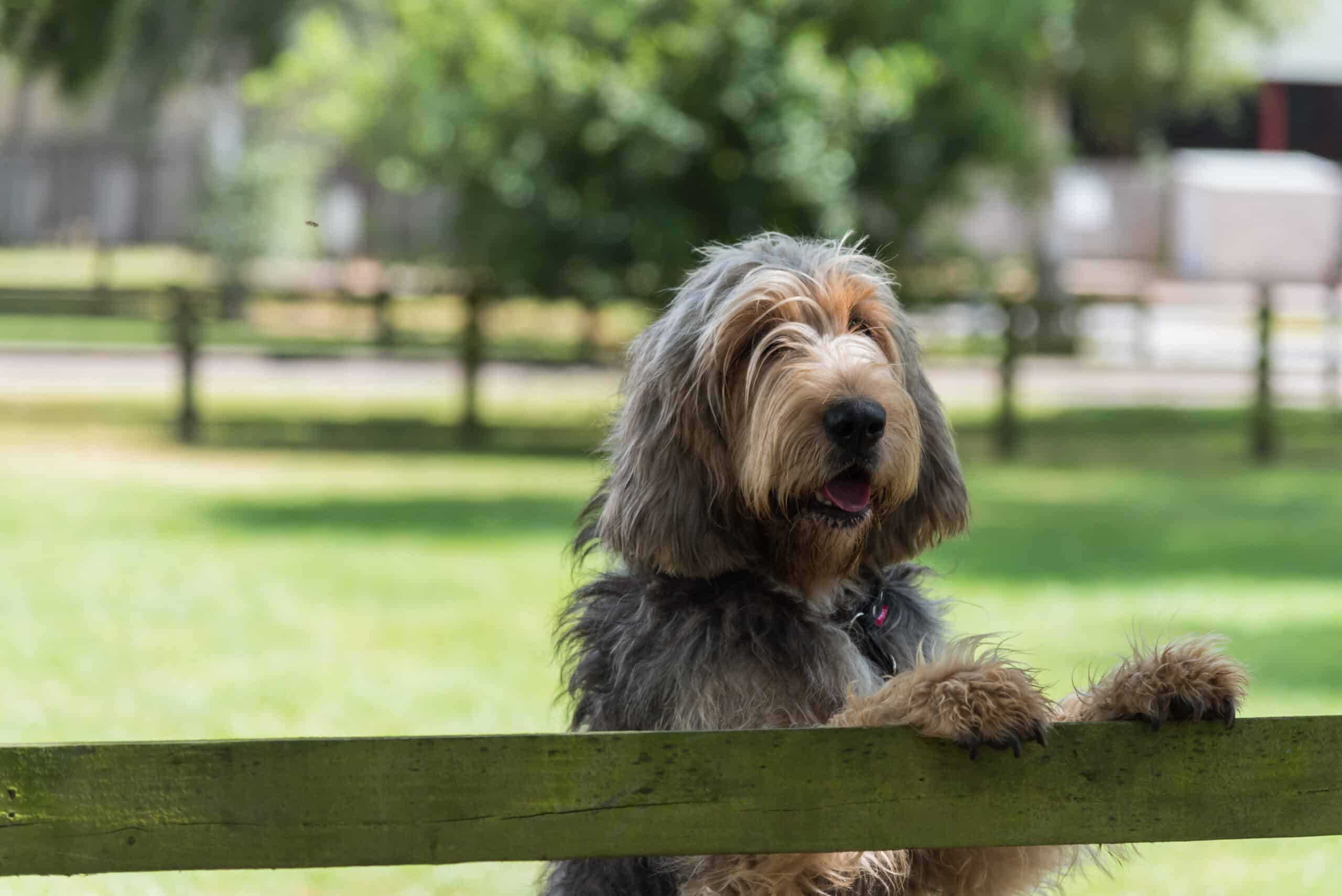
Temperament:
The otterhound originally comes from Great Britain. It was bred as a hunting dog specifically for otter hunting. It feels particularly at home in active families with children. Unfortunately, there are very few of this breed left in the world.
Characteristics
The Otterhund is a breed recognized by the FCI. It is listed there in Group 6, Section 1 under Standard No. 294.
The Otterhund is a large breed of dog. It has a strong, robust build with a broad back and short loins. The straight tail is set high and is moderately long. The long, drooping ears are heavily furred and set at eye level. Eyes and lips are also pendulous.
The long, rough-haired coat is dense and shaggy in texture. The undercoat is oily and water-repellent. Coat colors include gray, brown, yellow, blue, red and white as well as color combinations. Slight white markings are permitted on the head and chest as well as on the paws and tip of the tail.
The Otterhund only feels comfortable in an affinity group with a clear hierarchy. It is intelligent, affectionate, always cheerful and the ideal family dog. It is very fond of children and is not aggressive towards people.
He needs plenty of space and activity. It is not suitable for city apartments or even kennels. Regardless of wind and weather, he needs plenty of exercise or sporting activity.
The Otterhund loves long walks through woods and meadows. It curiously searches for tracks to follow.
As a real water rat, the Otterhund is happy about any pond. It takes every opportunity to jump into the water. In addition to hunting, dog sports also offer the Otterhund plenty of exercise and movement. They like to show off their skills in flyball, agility or even competitive dog sports.
As a thoroughbred hunting dog, the Otterhund is very stubborn. As it can be stubborn and stubborn, it needs loving and consistent training. However, absolute obedience should not be expected. The Otterhund likes to forget everything around him when he likes a scent, which he follows pedantically and precisely.
Coat care:
Shedding:
Energy level:
Trainability:
Children suitable:
The right food
When choosing food, make sure that it contains high-quality ingredients, is balanced and meets your dog's requirements. Age, size or weight, activity and health status play an important role. You should follow the manufacturer's recommendations for the amount of food.
Treats should only be fed in moderation and deducted from the basic diet to avoid obesity.
Puppies can be fed 4-6 times a day. The number of meals should be gradually reduced to 2 per day until the dog is fully grown. A rest period should be observed after meals.
Fresh drinking water should be available at all times.
Health & Care
As the Otterhund has hardly any hair, extensive grooming is not necessary. It is sufficient to brush the dog thoroughly once or twice a week. A check of the heavily furred eyes and ears should not be forgotten.
During a walk in the countryside, dirt or mud collects in the dog's thick coat. These should be plucked or brushed out. A bath is only recommended in absolutely exceptional cases. Then it should only be bathed with a mild dog shampoo.
Regular dental care should be started as a puppy so that the dog gets used to it more quickly. Claws should be trimmed weekly or every two weeks.
Suitable accessories
The Otterhund needs plenty of exercise and movement to really let off steam. On a long walk, he will enthusiastically chase after balls, sticks or other toys. He brings these back to his owner to chase them again.
Otterhounds also like to train their excellent sense of smell. Treats can be easily hidden on the move or in the home. He loves to search for them with his fine nose.
A cozy basket or cushion is a must. This is where the Otterhund likes to recharge its batteries for the next trip into the countryside or for dog sports.
A lead and a drag line, a suitable collar and harness as well as a transport box should not be missing from the basic equipment. Of course, a food and water bowl, brush, tick tweezers, claw clippers, mild dog shampoo, dog toothbrush and cream and a first aid kit should also be included. It's best to ask your vet what should be in the first aid kit.
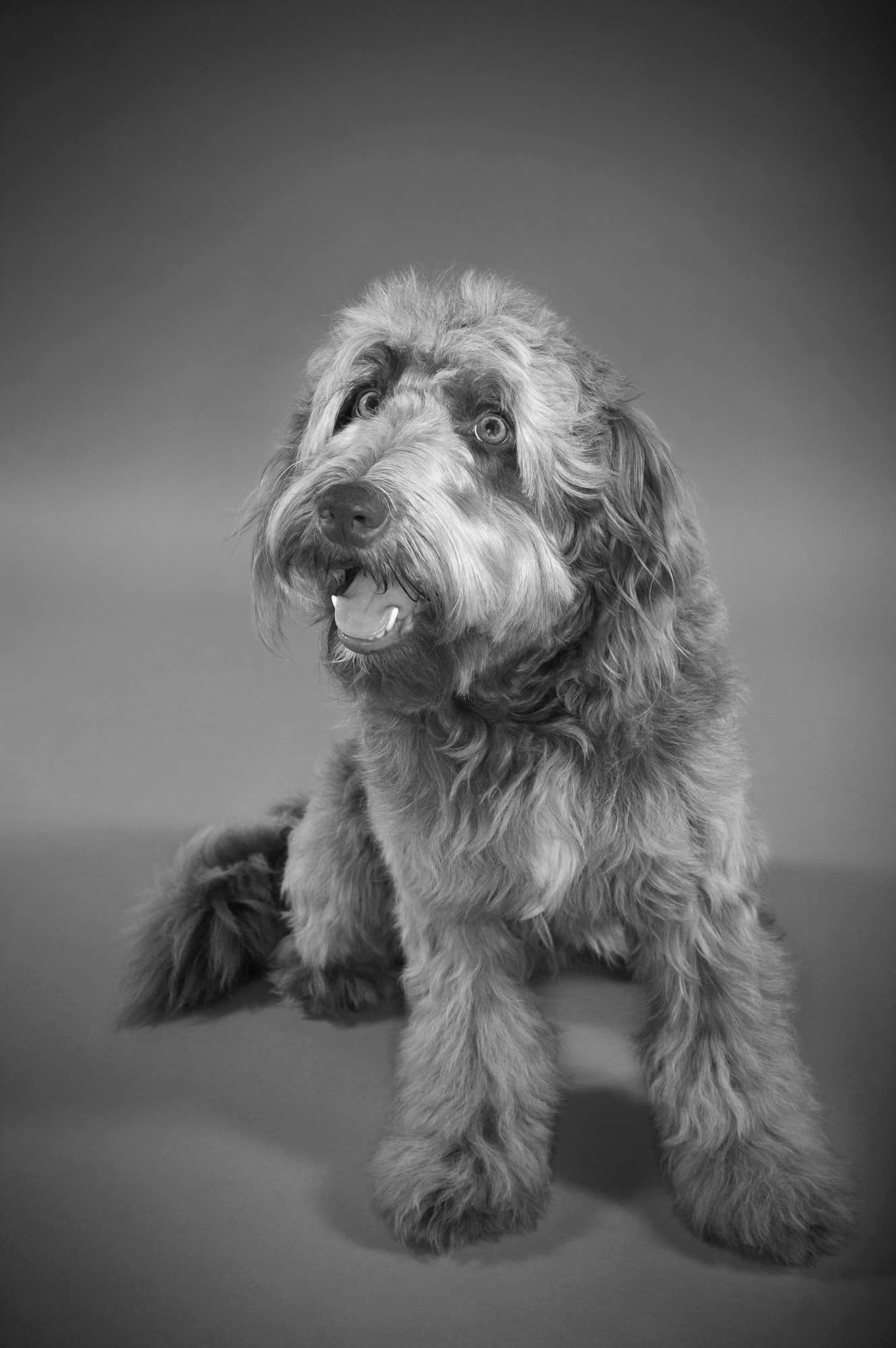
Origin & History
The otterhound was bred specifically as a prey dog for hunting otters. In the Middle Ages, there was a huge otter population in England that hunted the fish in the lakes. In order to protect this valuable food source, the otter dog was used to hunt otters. Over time, this hunt became an event for the nobility.
The popularity of the dog breed probably began during the reign of King Henry II of England, who invented the title "Master of Otter Hounds" for himself.
Various French running dog breeds (e.g. French Griffons, Southern Hound) are considered to be the ancestors of the Otterhund. These were crossed with English hounds (e.g. Bloodhound), thus completing the Otterhound breed. The form of the Otterhound known today originated in the 19th century.
Thanks to its thick fur and size, the otterhound could also wade through deeper waters. As an enduring runner, it was able to track otters for hours.
The Otterhund was a true specialist in following "cold" tracks. With its excellent nose, it could even follow old tracks for hours.
At the end of the 19th century, the demand for this breed was no longer so great. The otter was placed under protection and otter hunting was banned from 1978.
In addition, there were now specialized hunting dogs for other huntable species. As a result, many dogs from this breed were euthanized and only a few animals were bred. Some animals even ended up in the USA.
Today, there are no more than 1,000 of them left in the world. This makes this dog breed one of the most endangered domestic breeds.
It was not until 1974 that the first breed standard for the Otterhund was established by the FCI.
